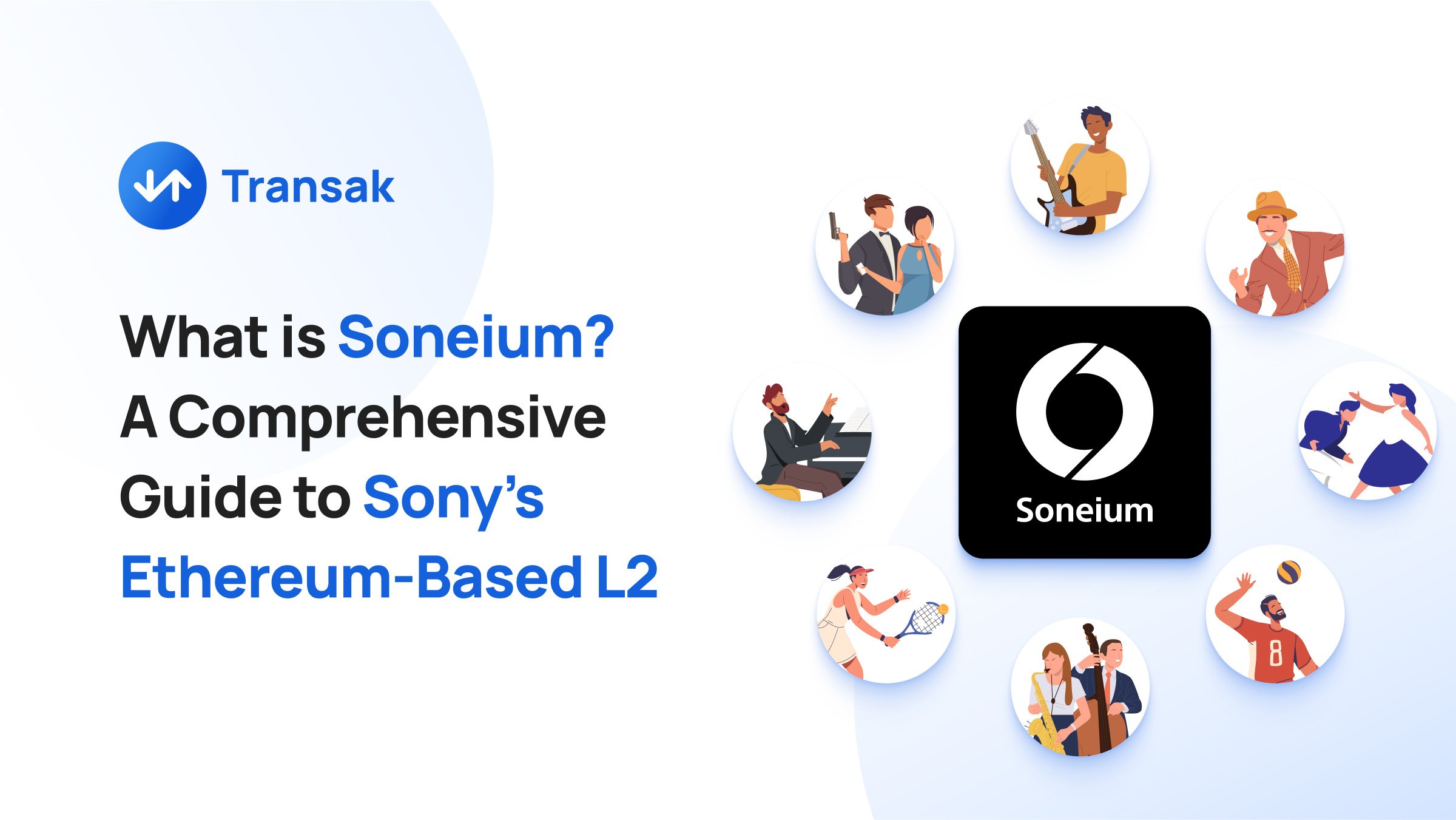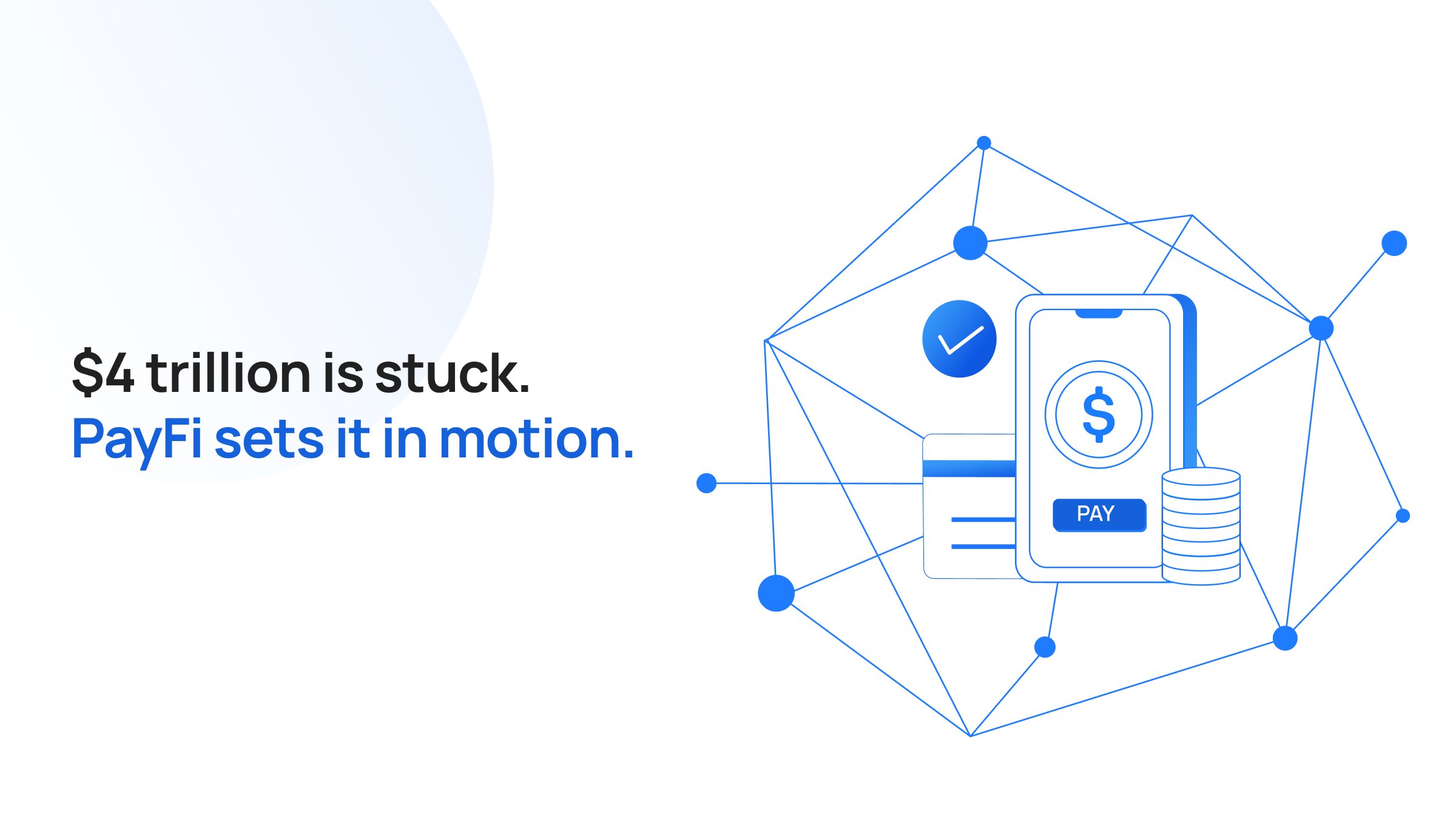The next iteration of the web, web3, is both a technological and cultural shift in how value is created, owned, and exchanged online.
For established web2 giants like Sony, embracing this transition is a strategic imperative. Web3 offers opportunities to foster deeper engagement, unlock new revenue streams, and future-proof their businesses against disruption.
Still, the path to web3 success demands a sustainable, long-term vision that goes beyond chasing fleeting trends.
Recognizing that many web2 giants have dipped their toes into the web3 waters, but many projects failed to make a lasting impact due to trend-chasing and lack of meaningful integration.
For example, jumping on the NFT bandwagon without a clear strategic fit for the brand often results in projects that lack genuine purpose and fail to resonate with users. Similarly, merely launching a token or NFT collection without a deeper connection to the core business or user experience is unlikely to create lasting value.
Sony, on the other hand, is striving to be different by moving steadily and thoughtfully. “Very demure, very mindful” one might add.
In this article, we will explore Soneium, a Layer 2 scaling solution by Sony Block Solution Labs, a joint venture between Sony Group and Startale.
What Is Soneium? An Overview
For Sony, it appears that the key to success lies in weaving web3 principles into its DNA. By leveraging its strengths in entertainment, gaming, and technology, it can create experiences that resonate with users and offer genuine value.
At its core, Soneium is designed to serve as a bridge between the traditional web2 internet and the decentralized web3. By providing a scalable and developer-friendly environment, Soneium aims to make blockchain technology more accessible and practical for a wider range of users and applications.
Technically, Soneium is built on Optimism's OP Stack. This foundation enables Soneium to seamlessly integrate with other networks within the Superchain ecosystem, offering shared security and interoperability.
The advantages of Soneium are clear. By processing transactions off-chain, it significantly increases transaction speed and reduces fees compared to the Ethereum mainnet. This scalability allows Soneium to handle a much larger volume of transactions, fueling mass adoption.
Soneium's user-friendly interface and developer tools aim to streamline the onboarding process for both users and developers.
Initially, Soneium's target audience is likely to be crypto enthusiasts and developers who are already familiar with the nuances of blockchain. However, Sony's ambitious plans for Soneium extend far beyond the crypto community. With potential integrations with Sony's extensive portfolio, including Sony Music, and Sony Pictures, Soneium has the potential to reach a mainstream audience and disrupt various industries.
The Technology Behind Soneium
The bedrock of Soneium's infrastructure is Optimism's OP Stack.
The OP Stack provides Soneium with a robust foundation, enabling it to inherit the security of the Ethereum mainnet while significantly improving scalability and transaction speed.
Think of the OP Stack as a set of Lego blocks, each serving a specific purpose in constructing a blockchain. Developed by Optimism, this open-source framework offers a modular approach to building Layer 2 solutions on Ethereum.
Key features of OP Stack include the following:
- Modularity: Different components of the stack can be swapped or customized, allowing for flexibility and innovation.
- Rollup-centric: It's optimized for rollups, a technology that bundles multiple transactions off-chain before submitting them to Ethereum, thus enhancing scalability.
- Ethereum-compatibility: It ensures seamless interaction with Ethereum's existing tools and smart contracts.
One of the biggest advantages of utilizing the OP Stack is its seamless interoperability with other networks within the Superchain ecosystem.
The Superchain is Optimism's vision for the future of Layer 2 blockchains - a network of interconnected chains, all built using the OP Stack.
It's like a bustling metropolis, with each chain (like Soneium) acting as a distinct district, yet all seamlessly connected. Key benefits include:
- Shared security: All chains inherit the robust security of the Ethereum mainnet.
- Atomic composability: Actions can span across multiple chains in a single transaction, unlocking new possibilities for complex applications.
- Seamless interoperability: Assets and data can move freely between chains, fostering a collaborative ecosystem.
Interoperability with the Superchain ecosystem allows for the easy transfer of assets and data between different blockchains, fostering a more connected and collaborative web3 environment.
The shared security model of the Superchain ensures that Soneium benefits from the collective security of the entire network.
From a development perspective, the OP Stack simplifies the process of building and deploying applications on Soneium. Its modular architecture allows developers to customize their blockchain solutions, while its compatibility with Ethereum's development tools and programming languages reduces the learning curve for those already familiar with Ethereum development.
Soneium's technological foundation positions it as a fertile ground for innovation. Its scalability, interoperability, and developer-friendly environment create a platform where a wide range of applications can flourish, from decentralized finance (DeFi) to gaming, entertainment, and beyond.
Finally, according to 2077 Research, the research wing of 2077 Collective, Soneium is a ZK rollup scaling solution. However, there is no official technical documentation at the time to prove or disprove this apart from the fact that Soneium would be a general-purpose solution.
The fact that Astar’s zkEVM is transitioning into Soneium further supports this.
Source: Astar Network Blog
However, Sonieum’s foundation on OP Stack indicates an optimistic rollup approach. This is also supported by Soneium’s newly launched optimistic rollup testnet, Minato.
Source: Soneium
Astar Network And Soneium
Astar Network is a blockchain platform that operates on Polkadot, providing a multi-chain, multi-virtual machine smart contract hub. One of its key innovations is the Astar zkEVM, a zero-knowledge Ethereum Virtual Machine, which allows developers to build scalable and privacy-preserving applications on Ethereum-compatible chains.
Astar is the primary development partner for Soneium. This means Astar's team of developers and engineers are actively building and refining Soneium's infrastructure.
As part of its commitment, Astar will be one of the entities operating a node on the Soneium network. This is crucial for maintaining the blockchain's decentralization and security. Node operators validate transactions and help ensure the integrity of the network.
Beyond development, Astar will also offer ongoing technical support and assistance in growing the Soneium ecosystem. This includes helping attract developers, projects, and users to the Soneium platform.
The Astar zkEVM is being integrated into Soneium, which is effectively a rebranding of the Astar zkEVM under the Soneium L2 umbrella. This transition allows Astar’s existing technology to benefit from Sony’s extensive expertise and market reach.
The ASTR token, which is central to the Astar Network, will continue to be a pivotal asset within the Soneium ecosystem, maintaining its utility for governance and liquidity incentives within this new framework.
$ASTR In Soneium
The ASTR token, originally native to the Astar Network, will play a significant role within the Soneium ecosystem as it transitions from Astar zkEVM to Soneium L2.
At the time of writing, Soneium has not plans of launching a token. Instead, it would use ETH for gas and other native operations while ASTR would be the official ecosystem token.
1. Governance
In the Astar Network, ASTR is used for on-chain governance, allowing token holders to vote on network upgrades, proposals, and other critical decisions. This governance role is expected to continue and potentially expand within Soneium.
As Soneium grows, governance decisions could include a broader range of issues, from technical updates to strategic partnerships and integrations, allowing the community to have a direct impact on the evolution of the Soneium ecosystem.
2. Liquidity Incentives And Staking
ASTR will likely be used to provide liquidity incentives within the Soneium ecosystem. This could involve rewards for staking ASTR in liquidity pools or providing other forms of DeFi services.
In the original Astar Network, staking ASTR is essential for securing the network and participating in its Proof of Stake consensus mechanism. As part of Soneium, these staking mechanisms might be adapted or expanded to support new use cases and attract a broader range of participants.
3. Interoperability And Multi-Chain Utility
As Soneium integrates with other blockchain networks and Layer 2 solutions, the utility of ASTR could extend beyond the Astar and Soneium ecosystems. This may involve using ASTR in cross-chain bridges, swaps, or as collateral in decentralized applications (dApps) operating on different networks.
The expansion of ASTR’s utility across multiple chains would enhance its value proposition, making it a more versatile and attractive asset within the broader crypto ecosystem.
4. Economic Layer And Ecosystem Currency
ASTR will continue to serve as the economic layer within Soneium, potentially being used for transaction fees, although ETH might be the primary gas token.
By maintaining ASTR as a key currency for ecosystem interactions — such as payments for services, rewards for developers, or even funding new projects — the Soneium platform ensures that ASTR remains integral to its economic model.
Enter Soneium With Transak
By providing a user-friendly and scalable platform, Soneium has the potential to onboard millions of new users to the world of blockchain, driving mainstream adoption.
This user-centric approach is key to attracting a broad audience, many of whom may have little to no experience with blockchain technology. Soneium aims to create an environment where users can easily interact with dApps, purchase and trade digital assets, and participate in communities without the steep learning curve.
The integration of Transak into the Soneium ecosystem further amplifies this effort. Transak’s global payments infrastructure, which supports over 350 platforms and 5.7 million users across 160 countries, ensures that users can seamlessly enter Soneium.
Transak allows for the easy purchase and sale of digital assets like tokens and NFTs through familiar payment methods, including credit cards, debit cards, Apple Pay, and Google Pay. This integration bridges the gap between traditional web2 and web3, making it easier for users to transition into the Soneium ecosystem.






